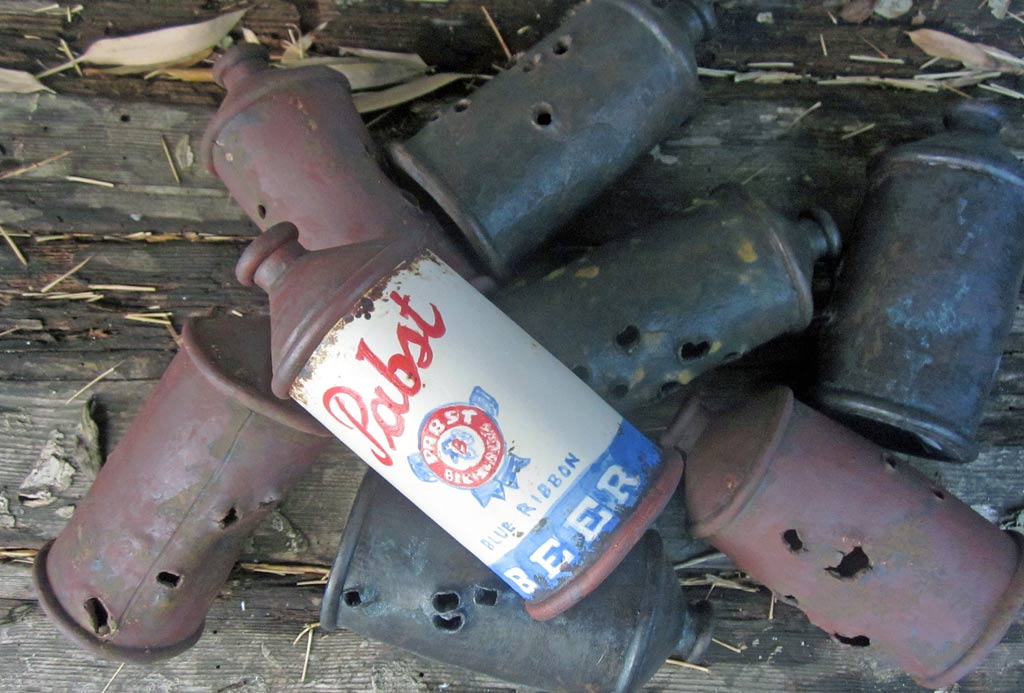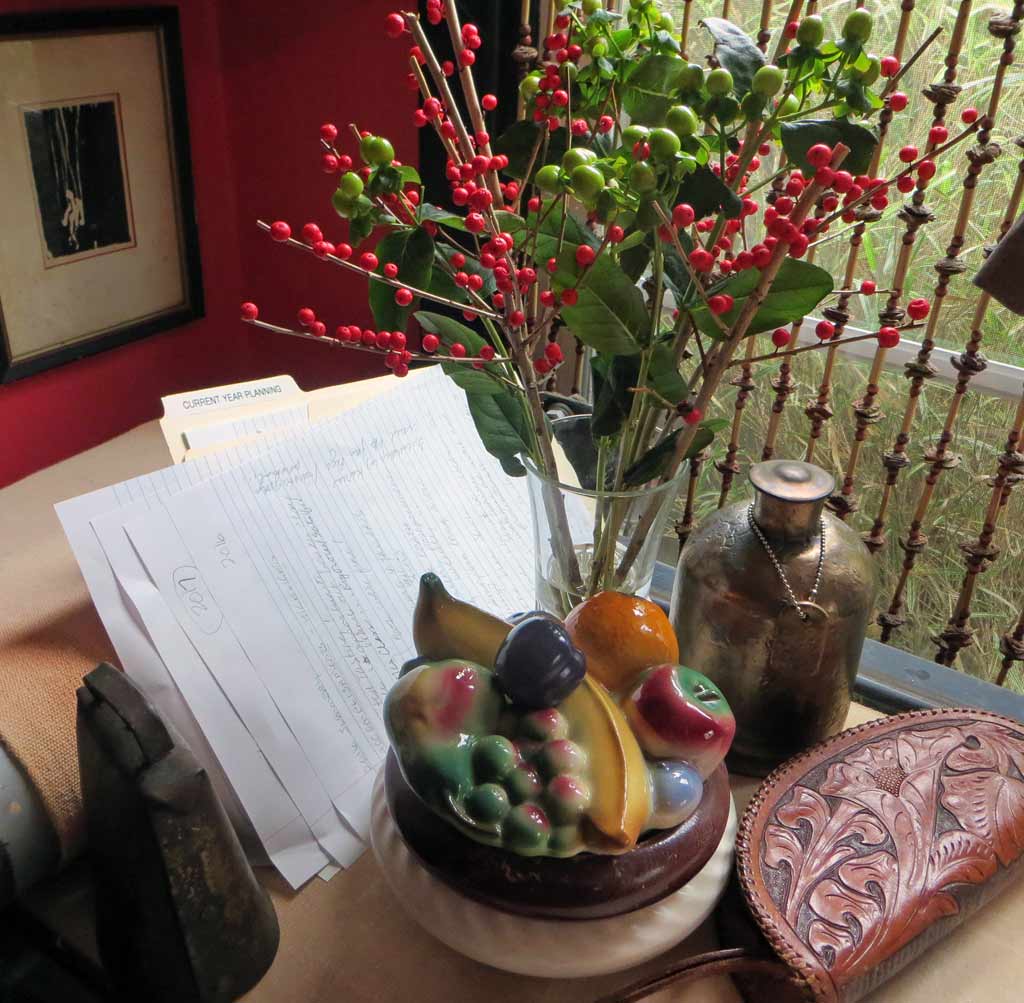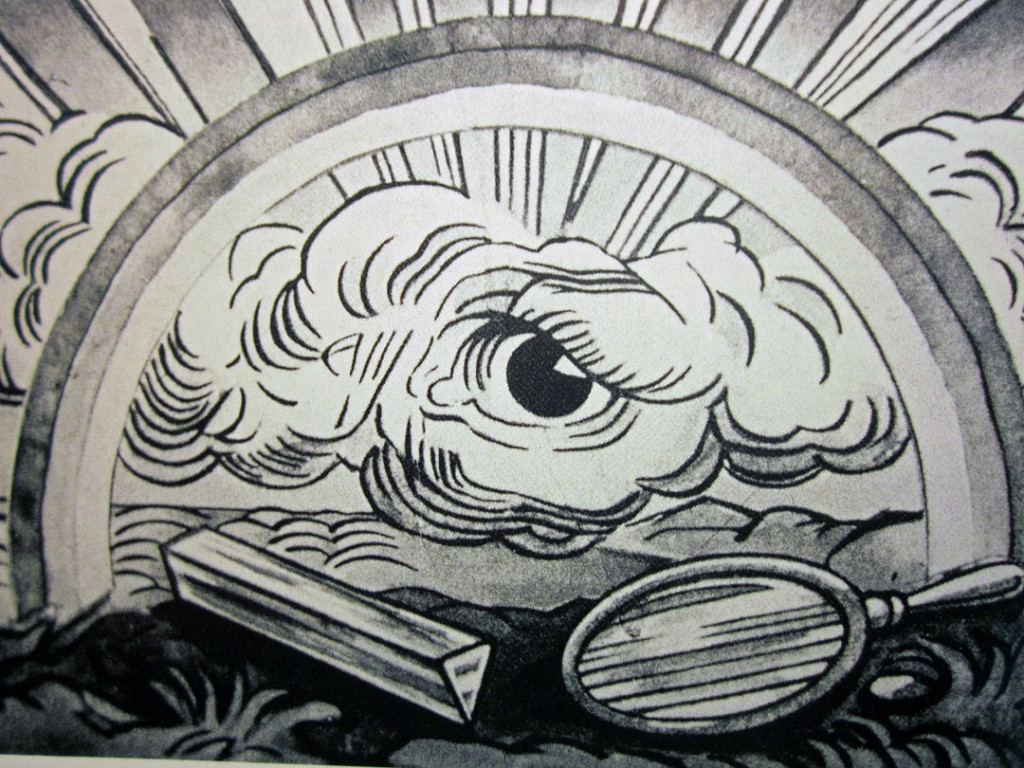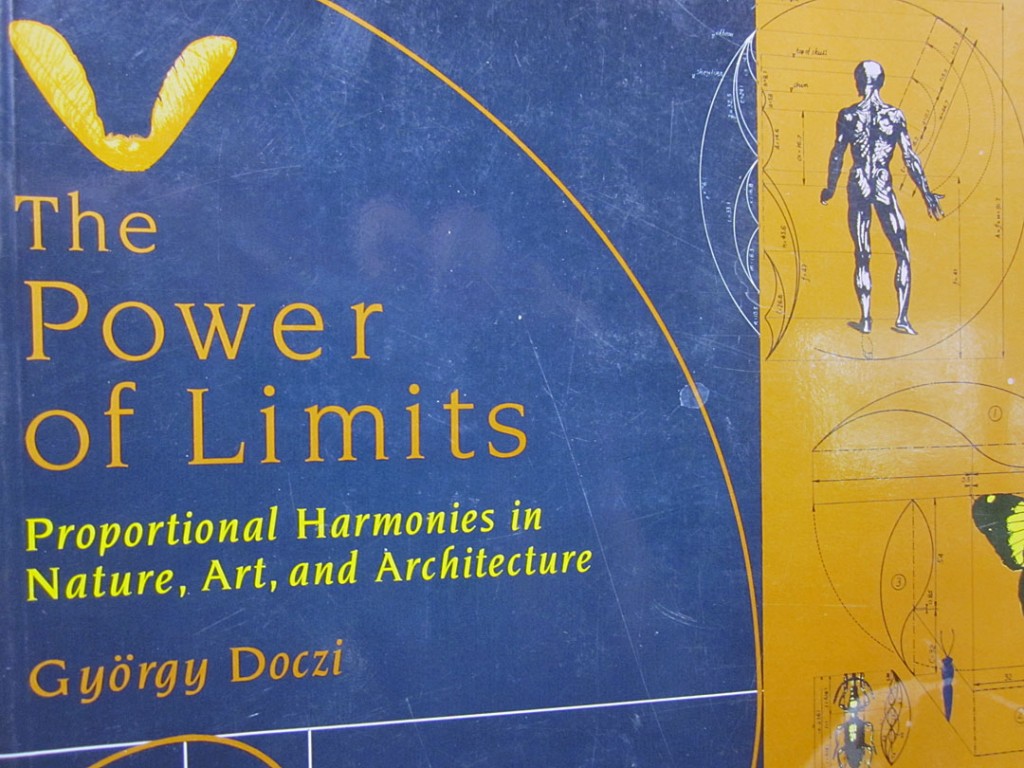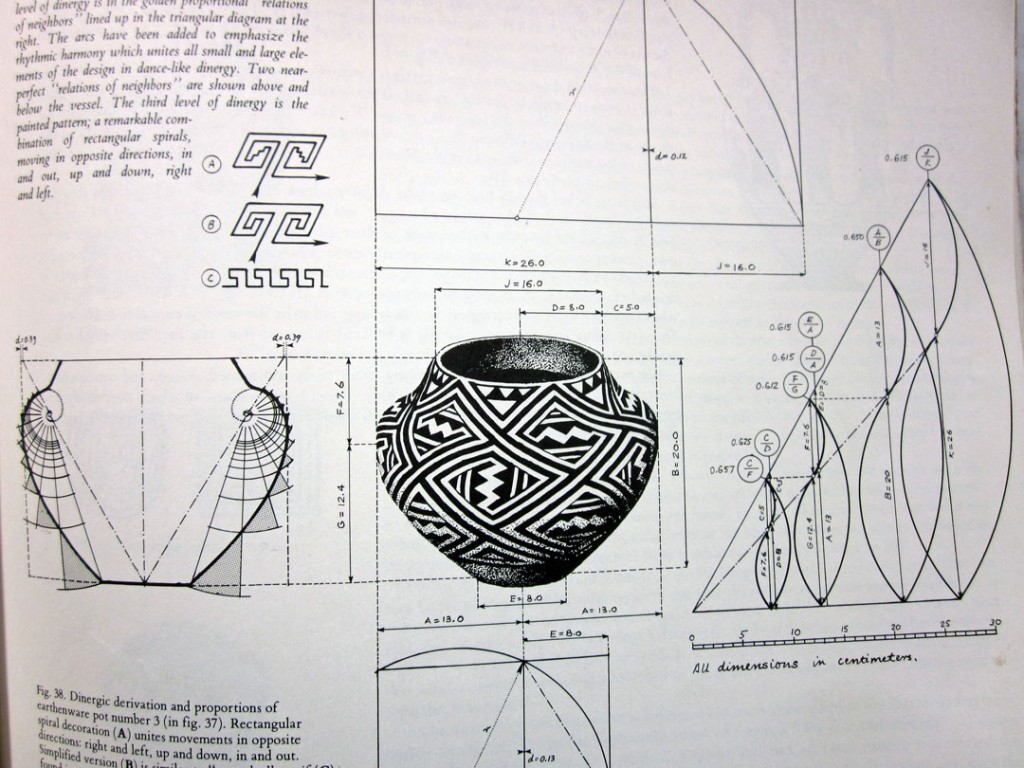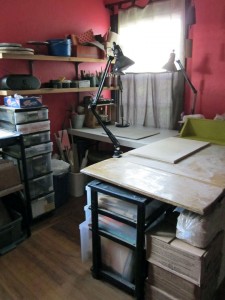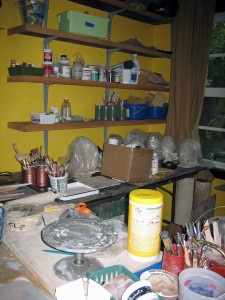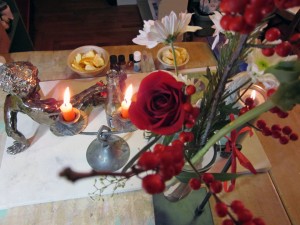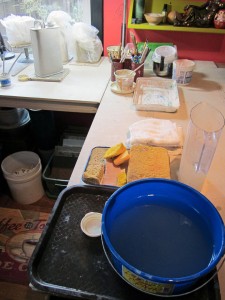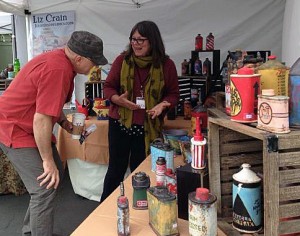
I live and work at the edge of the Pacific Ocean. A half a mile inland from a sheltering bay, I sometimes have the pleasant experience of days which are not wholly foggy, but are surely not sunny. Coastal weather.
A recent day was Neither-Nor, switching camps several times. I lunched with some creative clay friends and the conversation returned like the perennially teasing fog bank to the subject of how to find selling opportunities which suited our artistic styles, our out-of-pocketbooks and, most importantly, our temperaments. The rub was how to not waste time and money on the false starts: the places where we and our creations are not loved and understood and consequently don’t tend to sell at any price. The questions and answers were as nebulous as fog.
It got me thinking about the Circle of Artmaking, of which I consider active selling one of the more puzzling arc segments . For one thing, it’s crucial to the circle only if an artist chooses it to be – all sorts of wonderful and profound art is never offered for sale. So what changes if the Circle is widened to include the marketplace? Pretty much everything and nothing.
Over the past five years I have constantly narrowed my scope of endeavor and rigorously back-edited my inventory in order to concentrate on the stuff that my Muses keep chattering on and on and on about. I did not do that primarily in order to sell more (even if I hoped I would,) because it’s clear that I’ve created a niche collection that absolutely NO-ONE is out there looking for. And yet, when I step into the right selling arena, when the right tribe encounters my works, they admire, want and often buy them with a knowing smile. (And welcome to my Secret Collector’s Club!)
My clay colleagues and their snappy works happily share similar slivers of uniqueness: nobody really wants what we have….until they see it somewhere right. We’re not for everyone and truly don’t want to be. We just want to complete the circle, cover our costs and get that bone of validation for our efforts.
And when it works, it’s easy as ABC 123
ABC rests with the artist:
A – Make the The Right Work
B – Offer it for sale – at the Right Price – in The Right Arena
C – To the The Right Person(s)
We could stop Right Here and call it a lifetime’s quest to define our ABCs adequately. We could sigh that it’s too foggy to pin down, a moving target and so on, but actually it helps to forge onward to the parts not in our control: 123.
123 describes the Right Person(s) as having:
1 – the ability to resonate with my Point of View and Voice in Clay, especially with Humor and Irony
2 – the capacity to purchase my work; as in having the Space and the Budget for it, or a Reason/Intent to Buy
3 – a Developing Connection to me, whether real or imagined.
My first buyers were family (Thanks, Mom!) and friends, then clay colleagues. Then a complete stranger bought something, which is always a turning point. Then some of those strangers actually returned and bought more, a nearly shocking development. This made them Collectors and often, friends. This is also when I could begin to see who was resonating with what I was doing and in what way. THAT’S who I want to put my work in front of, not everybody!
Must I always throw my art into the general and aimless marketplace like so much spaghetti against the wall? NO! It’s better to get clear on who buys what, when and how and where is their natural habitat? I’m still defining that and sense that I always will be, but I have some important clues I’m following up on. Sometimes the habitat is online, and I suspect there are other emerging realms in this fast-evolving world. Agility and awareness, as fluid as the fog bank.
Up top is a photo of what I want more of in terms of Artist-Customer satisfaction. This man was in my booth, all smiles the whole time. He asked about and appreciated nearly everything. It seemed the more I answered his questions, the happier he got. We both lit up. Playfully and easily he selected two pieces and took them home. Continuing to play he sent me the photo below. Thank you Eric Cummins for being the Poster Child for my Secret Collector’s Club and helping me understand what we both want more of!
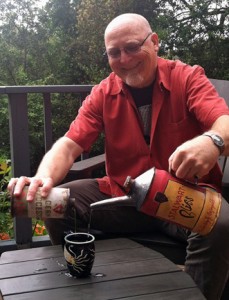
-Liz Crain, who takes heart in the fact that this nebulous marketing arc of the Circle of Artmaking is a hot topic for many, from her lunch partners to such deep-thinking writers as Roy Harris in his book The Great Debate About Art (tangentially, to get the party started) and, to one of my favorites, Seth Godin who exhorts us to “make a list of the differences and the extremes [of your “brand”] and start with that. A brand that stands for what all brands stand for stands for nothing much.”

